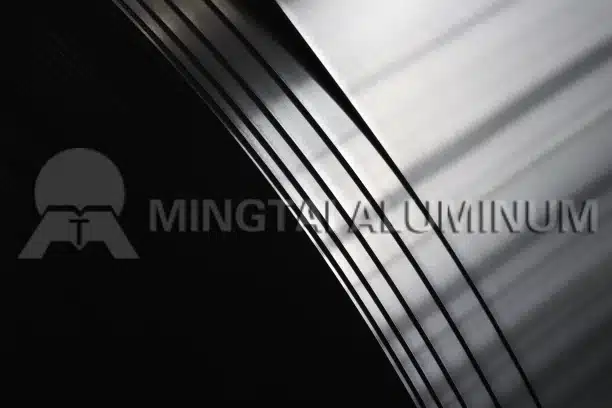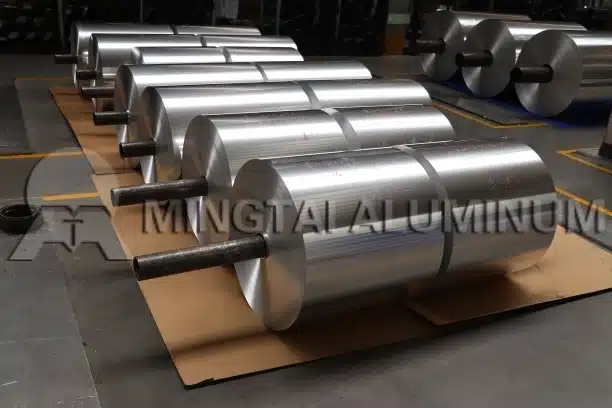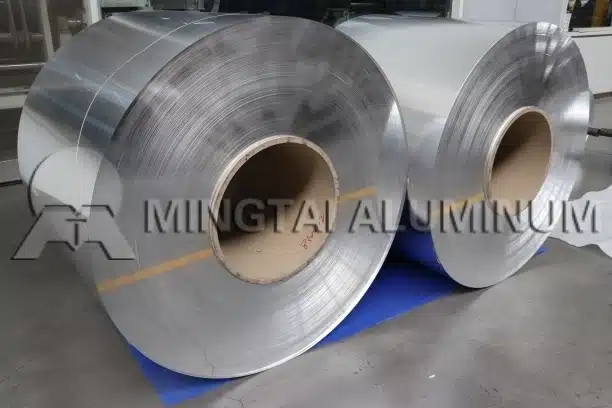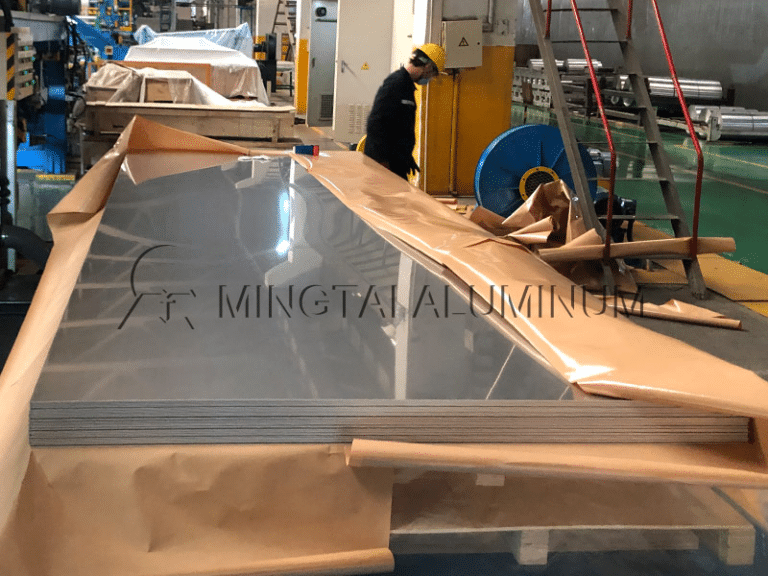
The aluminum foil market is a significant segment of the packaging industry. Its many uses and special qualities make it really valuable. You’ll find aluminum foil in food packaging. It's used in medicine too. Electronics rely on it. Everyday household stuff also uses it. This material is great at keeping things safe. It can be recycled easily. It also handles heat well. Industries are growing. People's needs are changing too. Because of this, the aluminum foil market is poised for changes by 2025.
What’s Happening in the Aluminum Foil Market in 2025
What’s Driving Demand for Aluminum Foil Worldwide
Demand for aluminum foil keeps rising steadily. It’s used across many different applications. People are living better lives and traveling more. This means they’re buying more drinks like soda and beer. They’re also buying more canned foods. These products need modern packaging. This helps them stand out in global markets.
Plus, aluminum foil is environmentally friendly. It extends how long food lasts. It can also be recycled. This makes it essential for food packaging.
New markets are really pushing demand higher. China is a huge player here. It makes and uses more aluminum foil than any other country. China produces half the world’s supply. In 2023, China made 5.1 million tons. That was up 1.6% from the year before.
Growth in Different Regions
China’s the leader in production, but other places are growing too. North America and Europe keep pouring money into high-quality materials for medicines and food packaging. The Middle East and Africa are starting to use more packaged goods, which boosts demand. Asia-Pacific is a top player because of its manufacturing power and growing middle class.
What’s Affecting Aluminum Foil Prices
How Raw Material Costs Change Prices
The price of aluminum foil depends a lot on raw materials. Changes in the cost of bauxite and alumina hit production expenses hard. When markets go up and down, prices shift across supply chains.
Energy Costs and Making Aluminum Foil
Energy costs are a big deal for production. Modern foil factories use big rolls, wide sheets, fast machines, and automation. These upgrades need a ton of energy. When energy prices change around the world, they directly affect how affordable it is to make aluminum foil.
Supply Chain Problems and Their Costs
Global supply chains keep hitting snags because of politics or natural disasters. These mess with getting raw materials, shipping costs, and delivery schedules for companies.
What’s Shaping the Aluminum Foil Industry
New Ways to Make Foil and Save Money
New tech is changing how aluminum foil is made. Better machines use heavier rolls, wider sheets, and faster speeds with more automation. These improvements make better foil and cut down on waste.
Why Sustainability and Recycling Matter
Being eco-friendly is a huge focus for the industry. Aluminum foil can be recycled over and over. It fits with global goals to cut waste and support recycling economies.
Recycling is picking up speed worldwide. Governments are making tougher rules about waste. Foil makers are using greener methods to keep up with these rules.
What Consumers Want from Packaging
People are leaning toward green packaging that’s safe but still easy to use and looks nice. Aluminum foil lunch boxes are a good example. They’re clean and block air, water, and light well.
There’s also a push for materials that are light but tough for today’s busy lives. Products like 3003-H24 aluminum foil are perfect. They’re strong but don’t break easily during production.
By 2025, these trends will guide how companies plan in a changing market. New ideas and eco-friendly goals will shape foil prices a lot over time.
Who’s Competing in the Aluminum Foil Market
Big Companies and Their Plans for 2025
The aluminum foil market in 2025 will depend on what big companies do. They’re focusing on new ideas, green practices, and efficiency. China’s still the top dog. It makes and uses the most foil in the world, covering half the global supply. In 2023, China produced 5.1 million tons, growing steadily each year. This comes from investing in high-speed machines and automation.
North America and Europe are big players too. They spend a lot on top-notch materials for medicine and food packaging. They’re working on better products while following strict environmental rules. Companies are teaming up or buying others to grow their share and offer more products.
New Markets and New Companies
Places like the Middle East, Africa, and parts of Asia-Pacific are seeing more foil demand. People there are buying more packaged goods. A growing middle class wants convenient, green packaging.
New companies are jumping into niche markets. They’re offering special products like foil for aerospace or eco-friendly options. For example, 8006 aluminum foil is used for aerospace lunch boxes because it’s strong and flexible. Startups are also trying out new recycling tech to match global green goals.
What’s Next for Aluminum Foil Prices and Trends
What Prices Might Look Like in 2025 and Beyond
Aluminum foil prices will probably keep changing. The cost of raw materials like bauxite and alumina will play a big role. Things like political issues, trade rules, or natural disasters could make prices less predictable.
Energy costs will matter too. Modern foil factories use big rolls, wide sheets, fast machines, and automation. These need lots of energy. As energy prices shift with more renewable energy use, production costs could change too.
New tech might ease some price pressures. For example, better machines can cut waste while keeping foil quality high.
Opportunities and Hurdles for Companies
Companies in the foil business will see both chances and challenges. Green practices are a big opportunity. Aluminum foil can be recycled forever, which people love. Companies using eco-friendly methods can tap into the demand for green products.
But supply chain issues are a problem. They can mess with getting materials or shipping costs. Things like pandemics or global conflicts could make this worse.
People’s changing needs mean companies have to keep coming up with new ideas. Products like 3003-H24 foil are great for light, strong packaging because they’re tough and don’t break easily.
Following new rules will be key. Governments are setting tougher environmental standards. Companies need to invest in green tech while keeping costs down to stay in the game.

The aluminum product market is heading for big changes by 2025. New tech, green goals, and what people want will drive these shifts. Big companies like MINGTAI ALUMINUM will keep pushing new ideas to stay ahead while looking at new markets. Prices will depend on raw materials, energy costs, and how efficient production is.
New markets are full of potential as more people buy packaged goods. But companies need to handle issues like supply chain problems and new rules to do well.
As industries focus on green solutions that work well and look good, aluminum foil’s unique qualities keep it important for everything from food packaging to aerospace—shaping its future for years to come.
FAQ
Q: Why is aluminum foil so important in the packaging industry?
A: Aluminum foil is widely used because it’s great at protecting food, medicines, electronics, and household items. It blocks air, water, and light, is recyclable, and handles heat well, making it perfect for modern packaging needs.
Q: What’s driving the demand for aluminum foil in 2025?
A: Demand is growing due to better living standards and more tourism, which boosts the need for packaged drinks and canned foods. Its eco-friendly nature also helps, as it extends food shelf life and supports recycling efforts.
Q: Why is China such a big player in the aluminum foil market?
A: China makes and uses half the world’s aluminum foil. In 2023, it produced 5.1 million tons, thanks to heavy investments in high-speed machines and automation, keeping it ahead of other countries.




